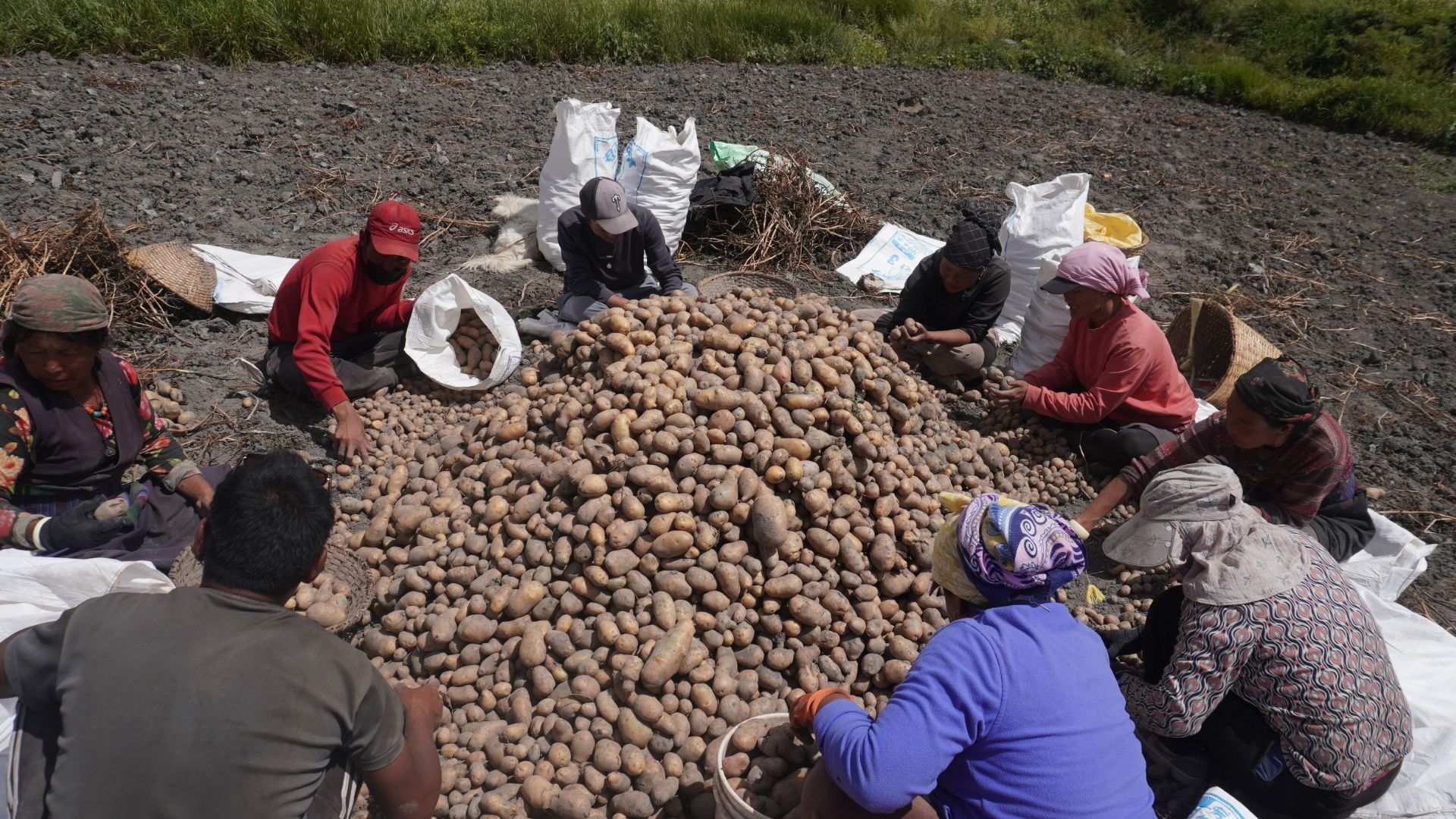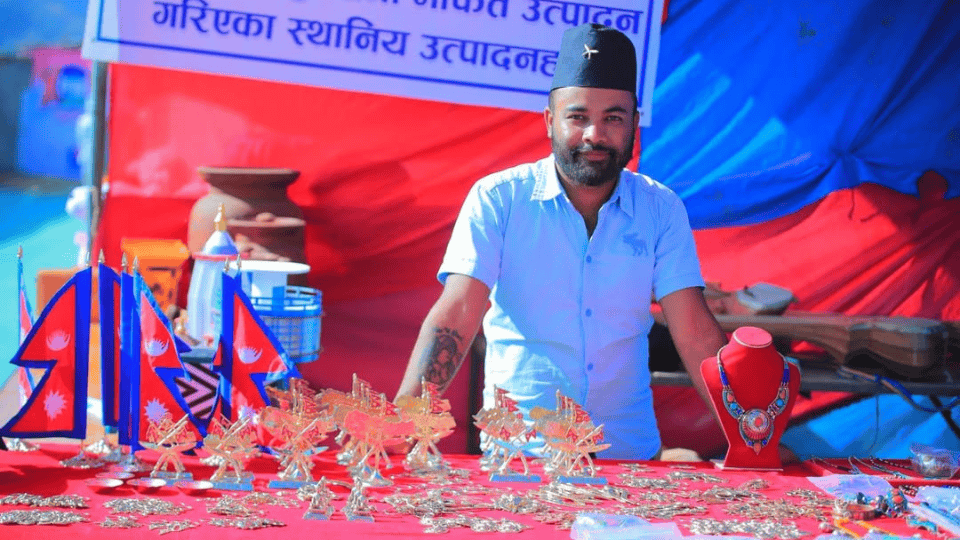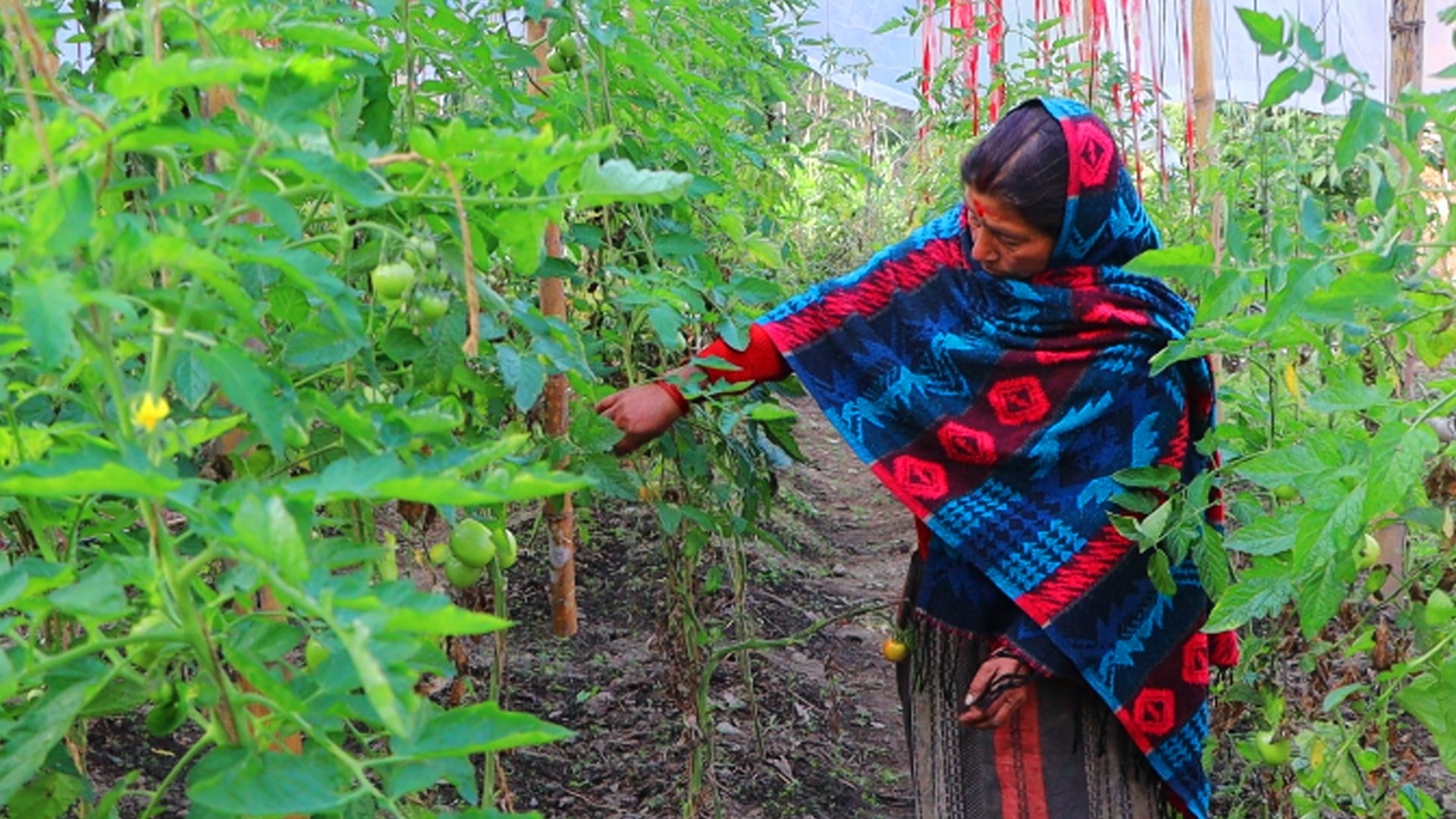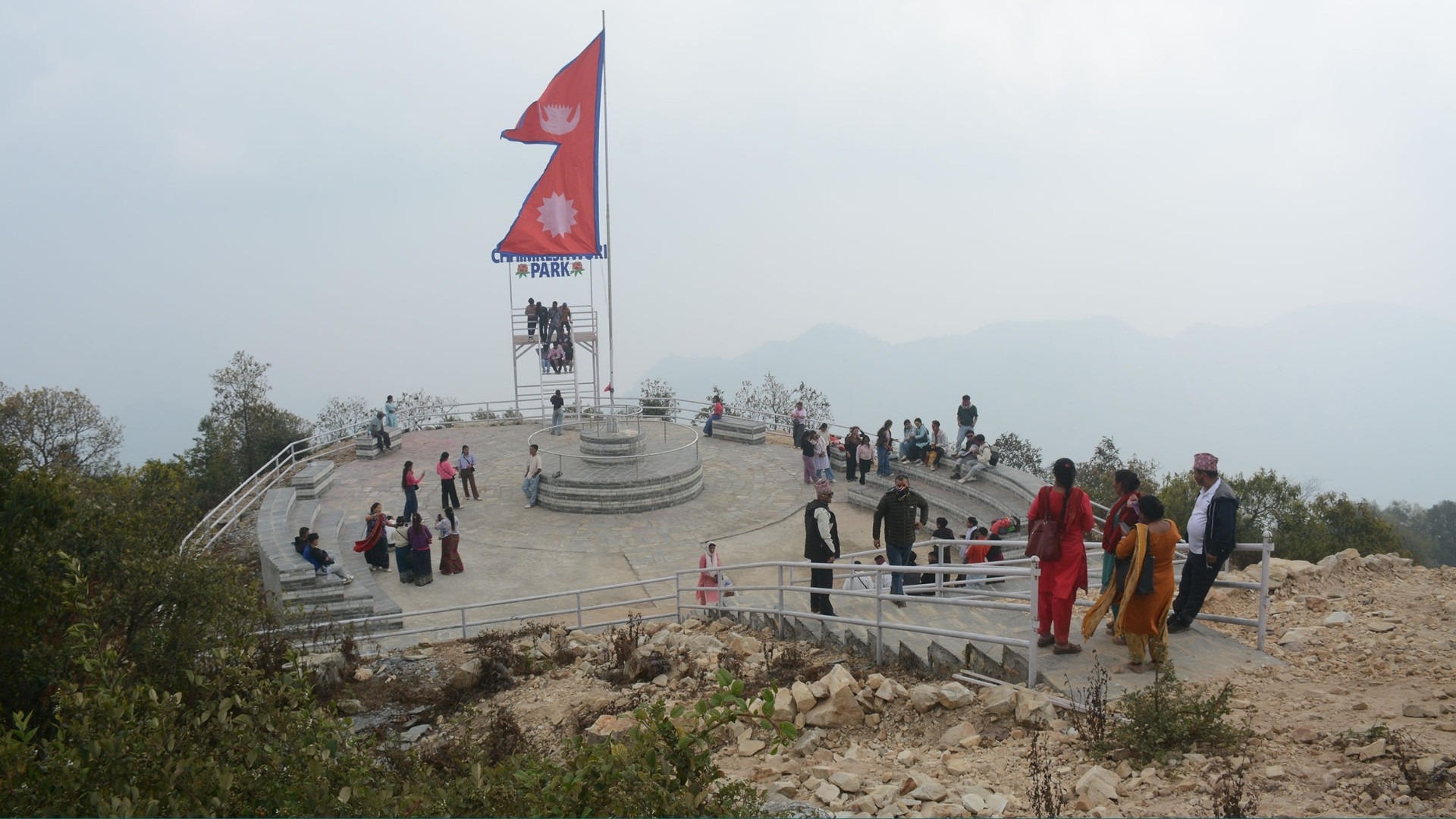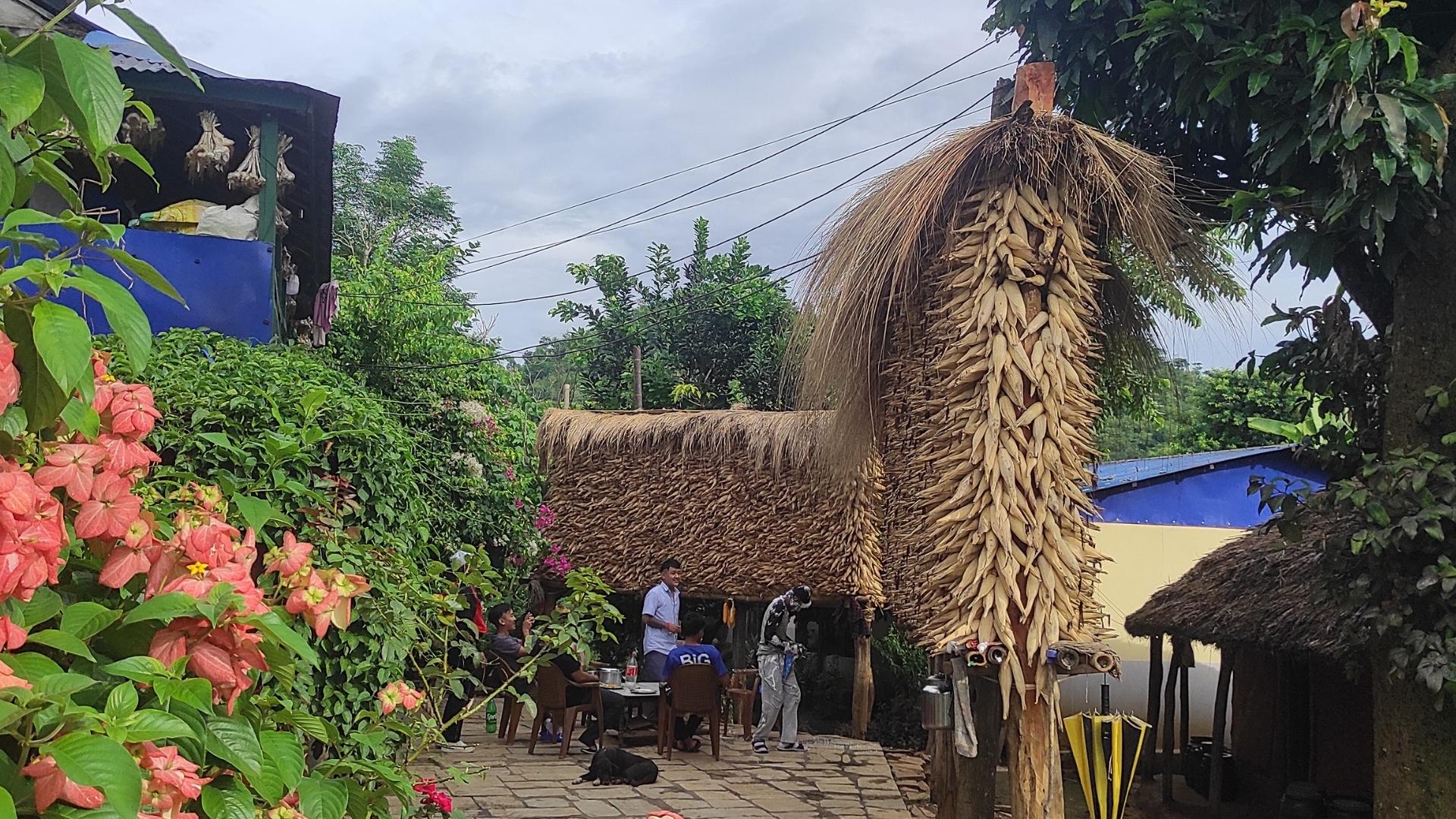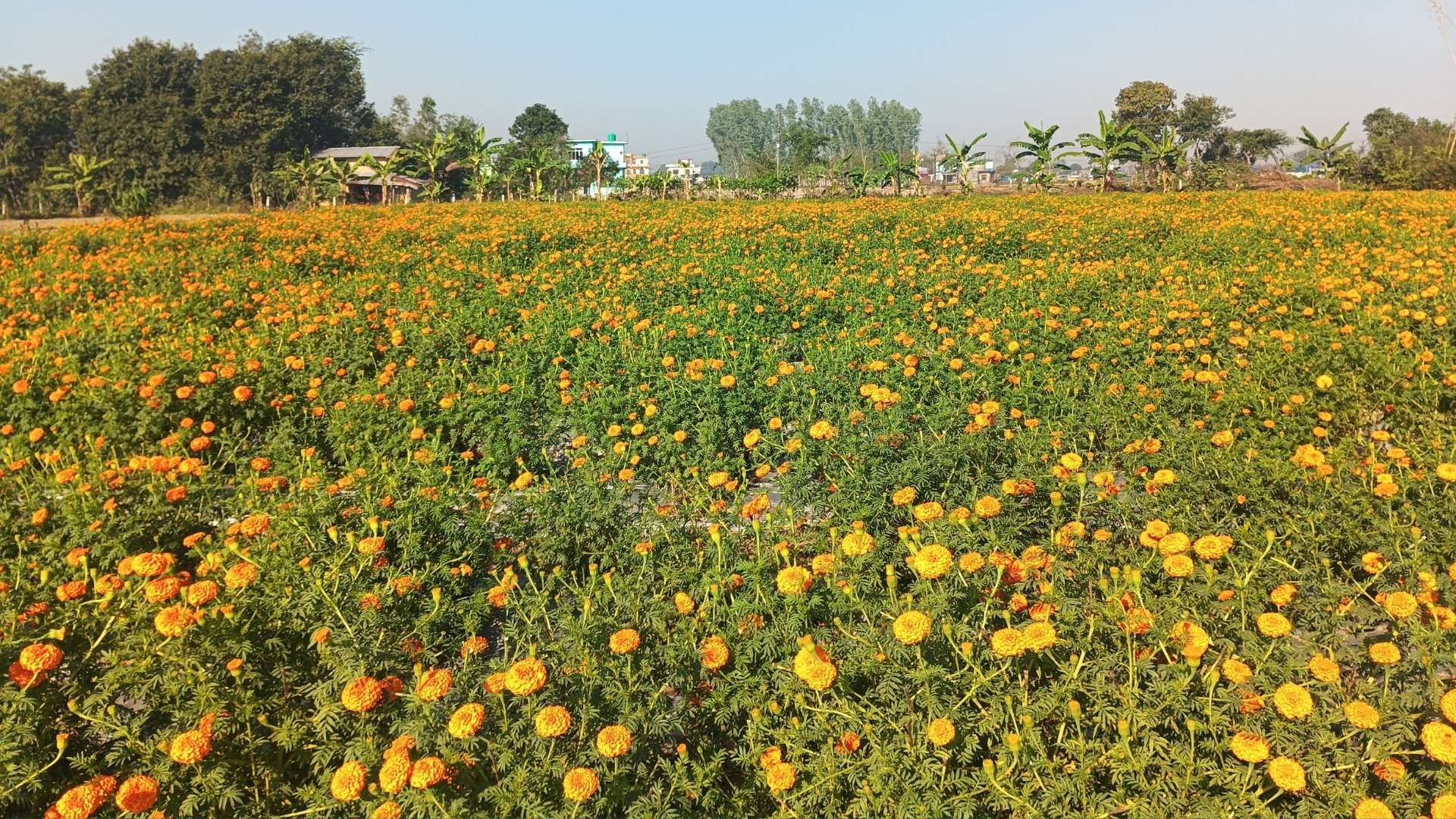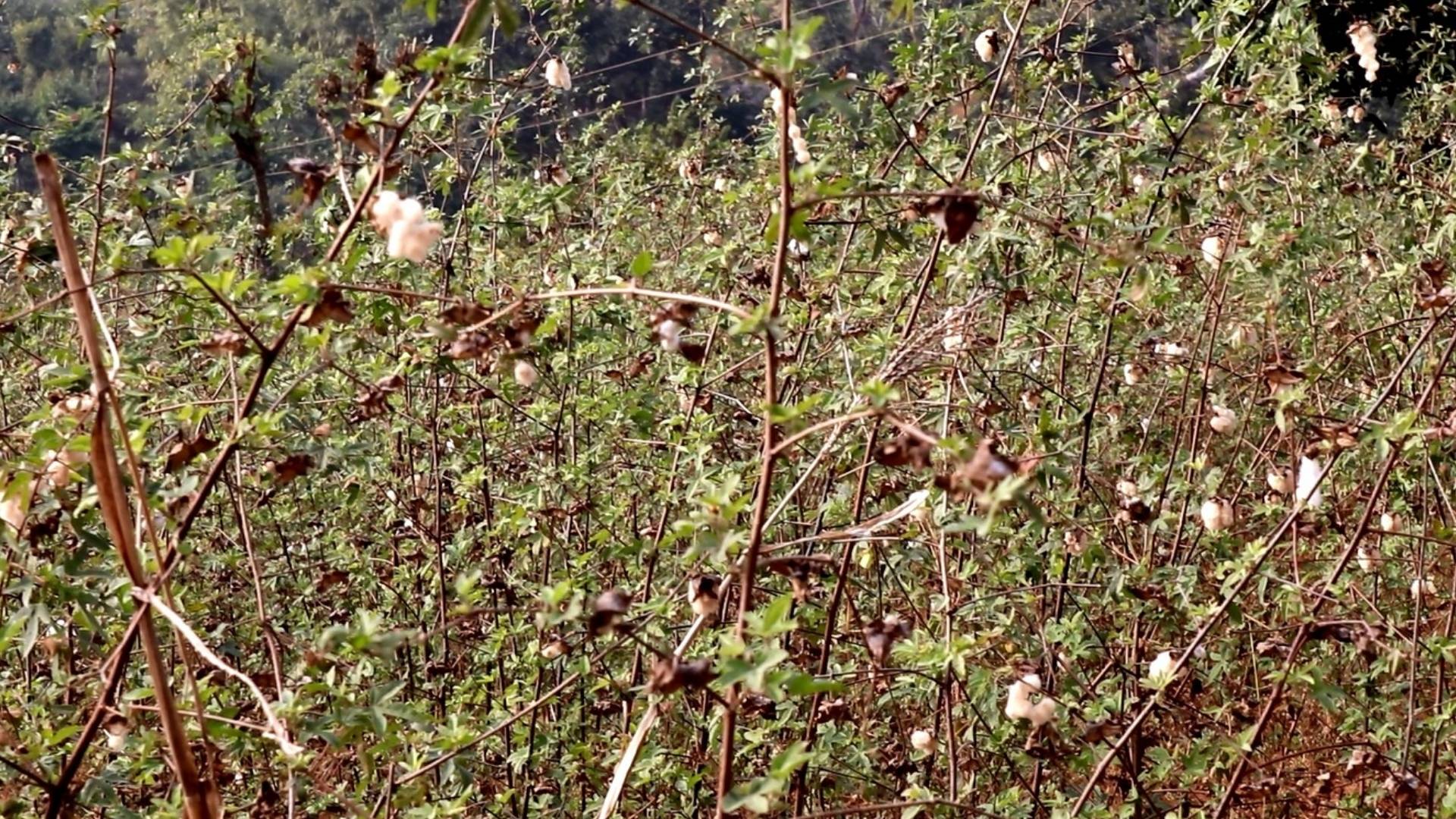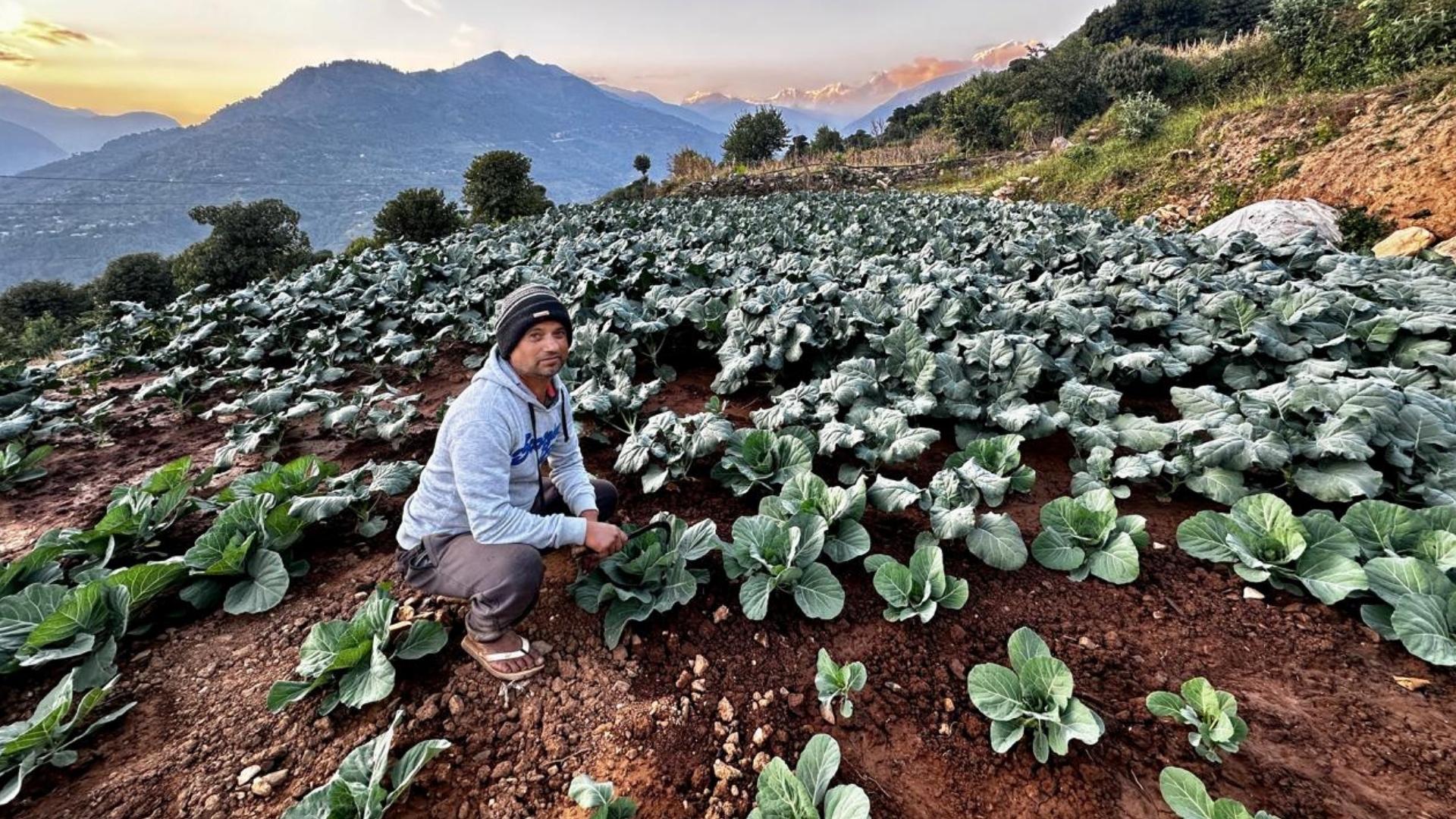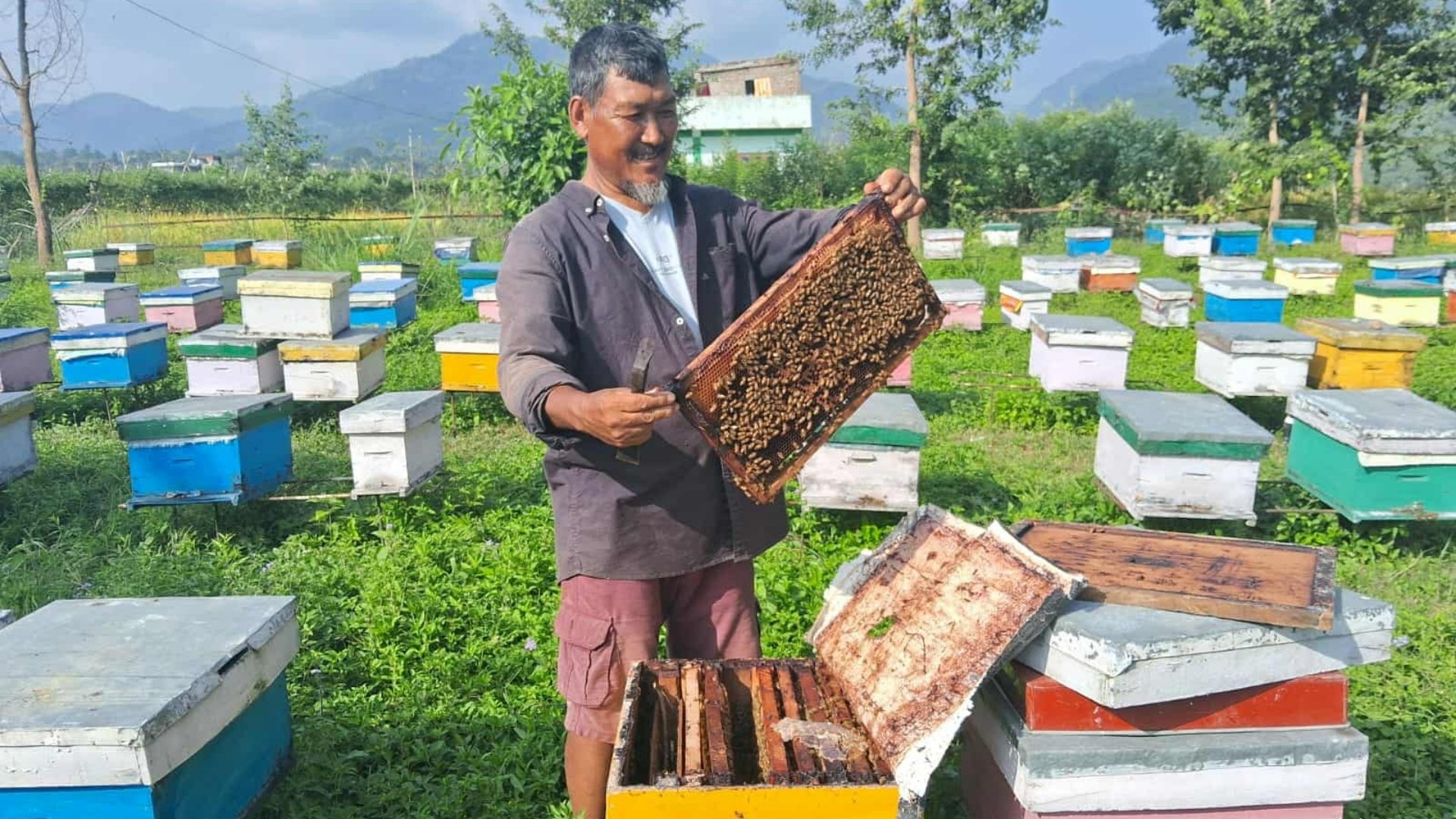A total of potatoes worth NRs 628,235,400 have been produced across the five local levels of Mustang district. According to the Agriculture Knowledge Center (AKC), in the current fiscal year 2082/83, potatoes were cultivated on 478 hectares, yielding 9,665 metric tons of produce.
Chief of the Agriculture Knowledge Center, Rajesh Gurung, stated that compared to last year, the current fiscal year saw a partial expansion in both productivity and cultivated area, resulting in an increase of potatoes worth NRs 118,475,400. This year, the district produced an average of 20.22 metric tons per hectare, with the cultivated area expanding by 18 hectares. Likewise, productivity increased by approximately 2 metric tons per hectare compared to the previous year.
According to Gurung, farmers received an average farm-gate price of NRs 65 per kg, and the total production value was calculated based on that rate. The production assessment was conducted using the crop-cutting method in coordination with the Agriculture Knowledge Center, the National Agricultural Modernization Project Implementation Unit, and agricultural technicians from the local levels. Upper Mustang, Mid-Mustang, and Lower Mustang were divided into three regions, and productivity data were collected from farms representing high-yielding, medium-yielding, and low-yielding fields to determine the average output.
Last fiscal year, 460 hectares produced 8,496 metric tons of potatoes in the district, with an average yield of 18.38 metric tons per hectare, as per AKC data. Compared to last year, this year’s potato production has increased by 1,169 metric tons. The farm-gate price has also increased from NRs 60 to NRs 65 per kg.
Of the total production this year, 60% of the potatoes were supplied outside the district, 30% were consumed locally, and 10% were used as seed potatoes. One-third of the total local consumption goes to households, hotels, and restaurants. In Mustang, farmers also practice cultivating potatoes as an intercrop within apple orchards.
Potatoes grown in the cold climate and high altitude of the Himalayan region are known for their taste and nutritional value. Mustang’s potatoes are commonly used as vegetables, boiled, or mashed. The local white potato variety is especially popular among consumers in urban markets as well as tourists visiting the district. Whether in Thakali kitchens or large star-rated hotels, Mustang potatoes have become a signature ingredient, driving up their demand. Farmer Ajit Thakali from Gharapjhong-4, Jomsom, shared that improved road access towards Korala has further increased demand for Mustang potatoes after apples.


